Design Health-Check for the Care Home Sector
Design Insider surveyed expert BCFA members working in the Healthcare and Care Home sector, to get the inside view on the impact of design and discuss the trends and challenges facing this sector.
Design impact on wellbeing
Our survey revealed that the impact of design cannot be underestimated. Design is a fundamental element when promoting wellbeing, as colour, design and layout play an important part in setting a mood and stimulating positive thought. What we hadnt anticipated was that the wellbeing of staff and visitors is also enhanced by good design.
Conversely, bad design can have a detrimental effect on wellbeing, from the architecture and layout of the building, down to the furnishing and finishes. For example, a lounge that is poorly located in a building, isolated from the community and lacking light or views will not be comfortable, no matter how beautifully furnished it is. Protocol reported seeing elderly residents taking their chairs to sit in a corridor in order to watch the world go by, rather than be confined to a room cut off from any human activity.
How design can improve care?
Good design can uplift, calm and reinvigorate people and also provide a pleasant and safe working environment for staff and visitors. For example, Skopos provide a bespoke design service to incorporate unique imagery into soft furnishings which engages positively with patients. From prints of beach huts and seaside charms on hospital cubicle panels in childrens wards, to images of local landmarks in adult wards link to a happy memory, or familiar place and provide a talking point away from the medical issues.
Historically, care homes were seen as institutional and intimidating environments, however it is possible to incorporate stylish contemporary design whilst meeting clinical healthcare needs. Solk worked in close collaboration with Mersey Care NHS to create bespoke bed which met infection control, security and clinical requirements whilst adding a modern look to compliment the design of their new Clock View hospital. This award winning design is now being rolled out to other NHS Trusts.
Due to the nature of care facilities, performance of fabrics and furnishings is paramount. In the past this has led to functional and uninspiring design. Limited choice meant that rooms were furnished with identical pieces, reinforcing the institutional nature of the care home. Happily, it seems that mainstream suppliers such as Protocol are challenging this with robust, practical furniture drawn from mainstream design and adapted if necessary to suit the specific needs of the users. There is also an explosion of availability of good high performance fabrics. Skopos link mental wellbeing and positivity to improved health, so selecting the suitable colours, pattern and textures is key. In hospitals interior schemes tend to be calming and relaxing to promote healing, in care homes interiors need to feel more like a hotel or a home, a setting away from a hospital or healthcare facility.
We found the most significant link between design and well-being within dementia care environments, as surprisingly simple improvements can have a big impact on the lives of the patients. Bridge ContractInteriors explained that the way a layout is planned, trip hazards removed and colours implemented can counter the impairments brought on by dementia. Small changes such as colour co-ordinated schemes to enable the patient to find their way by colour triggers, rather than reading signs has huge positive effects.
We found that 80% of people living in care homes have a form of dementia, so providing interaction and the right level of support is essential. Whilst it is important to create surroundings that offer support to residents in the later stages of dementia, it is equally important not to over-simplify them to residents that are in the earlier stages of development.
“We found that 80% of people living in care homes have a form of dementia, so providing interaction and the right level of support is essential.”
The most successful care homes are those that consider how a resident will interact with their surroundings not just what they see. For example, communal areas such as lounge and dining rooms can often be overwhelming, even intimidating, to a resident; large open spaces can be busy and the use of hard surfaces may be easier to clean but they simply reflect sound and can make a room sound noisy.
Here are ways interior design can make these areas a more pleasant environment for a resident to enjoy:
- Large areas can be broken down into more intimate spaces by arranging the rooms furniture into small group sizes, thus encouraging social interaction whilst enabling carers to safely manage smaller groups of residents
- Additional furniture such as room dividers can segregate large areas into defined spaces without creating an inhibitive barrier
- The use of heavier fabrics in decorations and soft furnishings can help to improve the acoustics of a large room by absorbing sound
- The use of wall panels and decorative pictures break up long flat wall surfaces, diffracting the sound away from areas where residents reside
Greatest challenge in sector?
Perhaps the greatest challenge the healthcare and assisted living sector will face over the next few years is the ability to meet the expectations of the new aging generation against their pension/income to afford it. Our new aging generation is better travelled, educated and informed than their parents, so the
institutional approach to care just isnt acceptable. Our survey revealed that as our expectations increase, care homes have to become more competitive. Care homes are judged by the quality of their interior almost as much as the quality of care they deliver. So, for BCFA members this is a vital new commercial sector to consider. The Skopos approach is to create beautiful comfortable spaces that are easy to clean and keep bacteria free. Great looking products, that are fit for purpose, functional and withstand the test of time.
Bridge Contracts see the greatest challenge to be in facility management. The minimum wage has increased, so has the levels of expectation which is squeezing the small independent operators out of business. Their approach is to break down the outlay into an operating cost.
Star rating for care homes
Introducing a star rating for care homes proved controversial in our survey. There was a 50/50 split between those who thought this was an awful idea, resulting in heartache and stress for people unable to afford 5-star care to those who felt this would be a good parallel with the hospitality market.
The balanced approach may be to rate facilities by the type of specialist care they can provide rather than how many hairdressers or restaurants they have.
Sector correlation and trends
As the new aging generation continues to live longer the level of expectations for care homes will rise. Our survey identified a strong correlation between the care homes and hospitality sector, largely influenced by the interior design and service expectations. A connection with the education sector was also identified due to the product specification process.
Its predicted residents will have greater influence in the choice of furnishings. Communal and leisure facilities are also likely to increase in significance. Facilities such as hairdressers, beauty salons and cafés help to integrate the care home with its the local community whilst enabling residents to maintain their independence.
It is also likely that that the number of independent care homes will reduce, as a result of the Care Quality Commission bringing up the standard of the low achievers. This will further differentiate private funded care to council funded care. We may see franchise brands emerging as we do in the hospitality sector.
The BCFA are conducting an in-depth study into the Care Home sector. The research will be published Autumn 2016, contact Mary Nannery mary@thebcfa.com for more details.






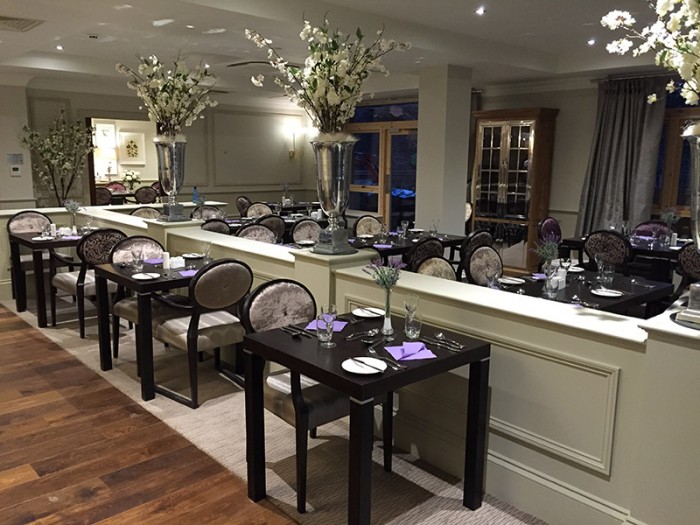
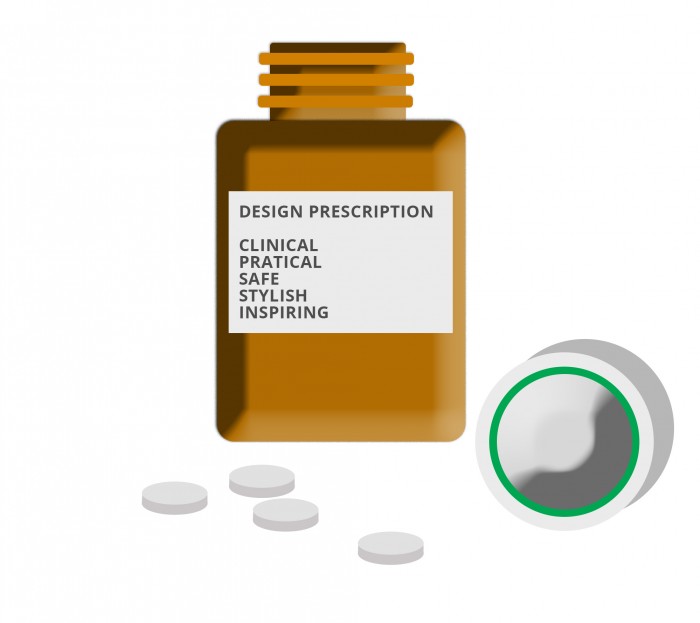
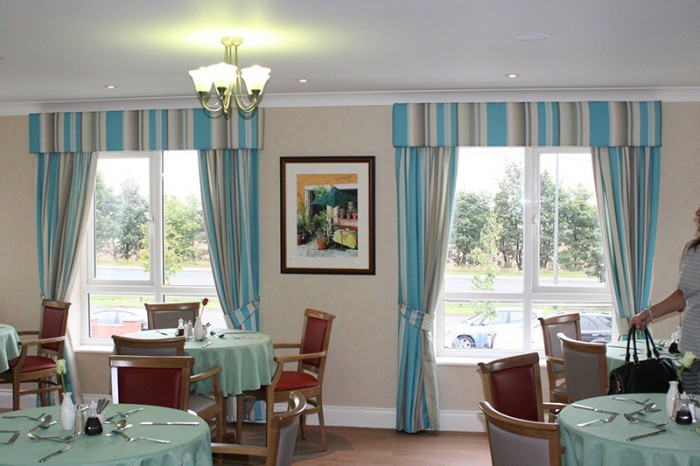
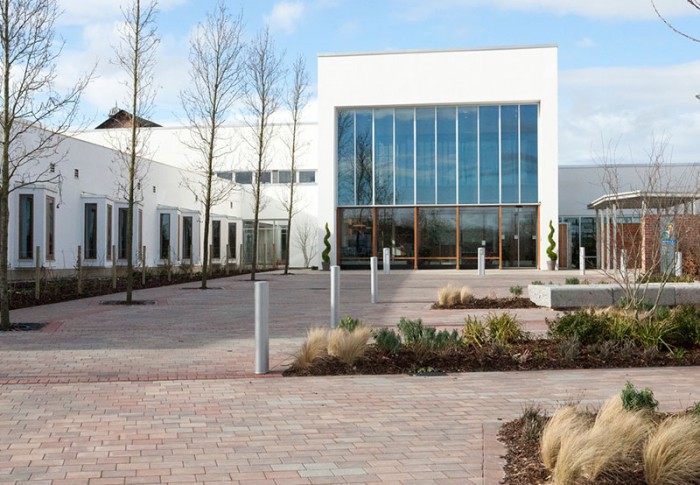
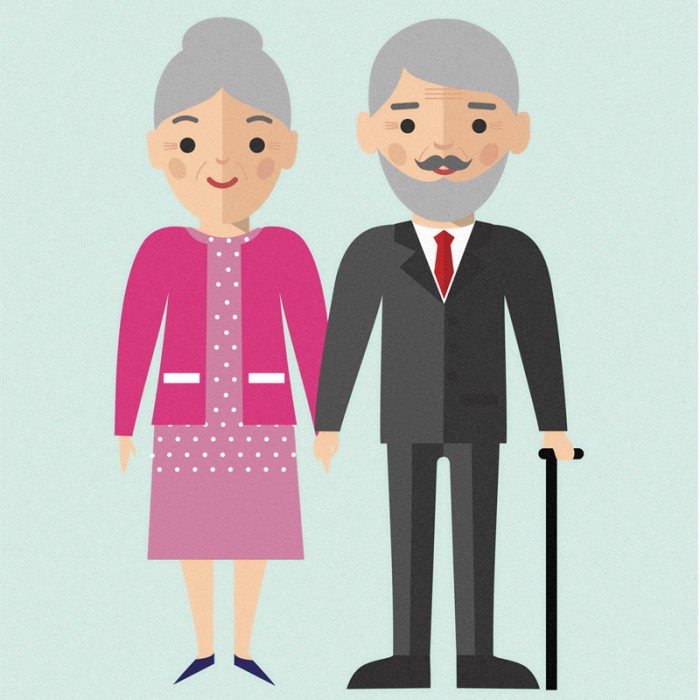
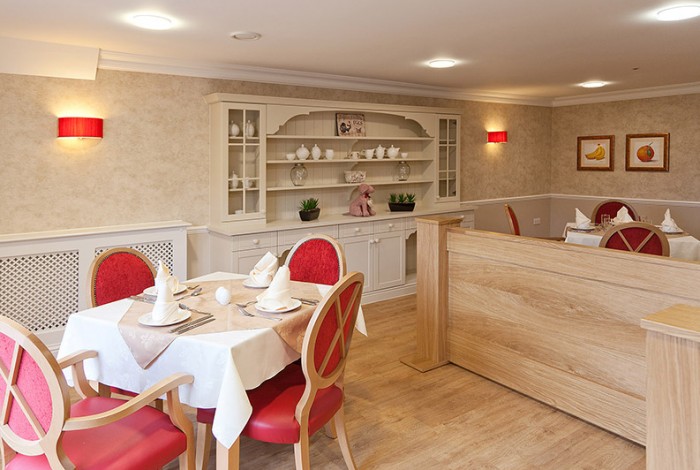

Comments
There are some fascinating points in time in this post but I do’t understand if I
see all of them centre to heart. There’s some validity
but I am going to take hold opinion until I look into it
further. Great article , thanks and we need more!
Added to FeedBurner as well.
We work with care homes and nursing homes, hospices, hospitals, local authorities, and private individuals. To find out more please explore our website, get a feel for what we do